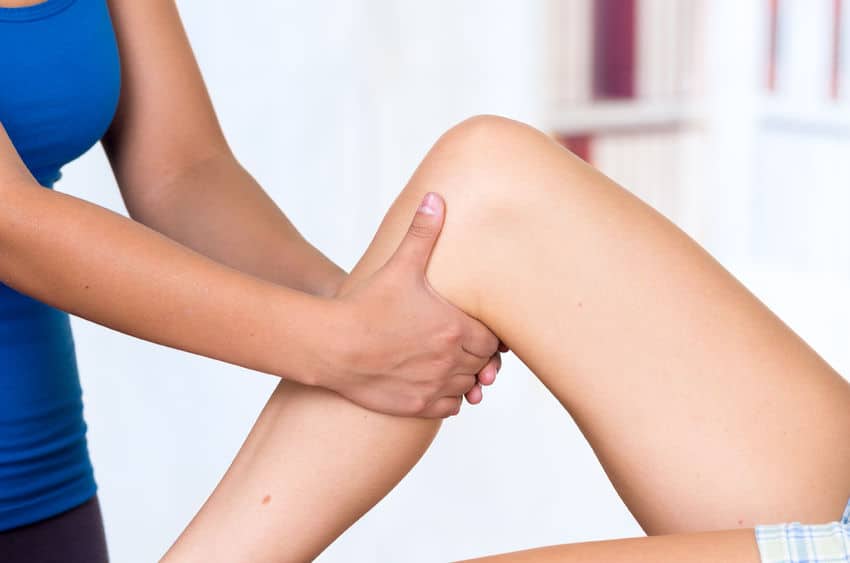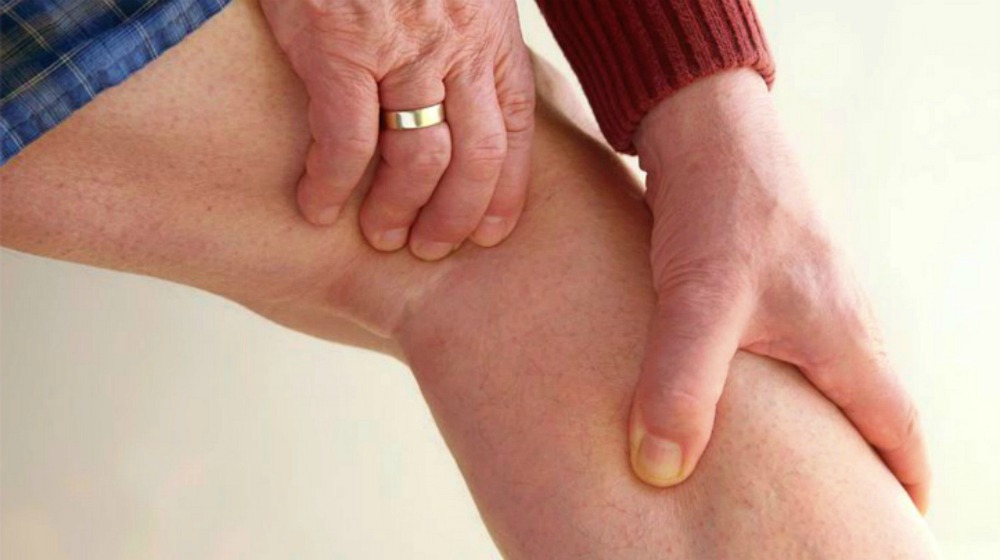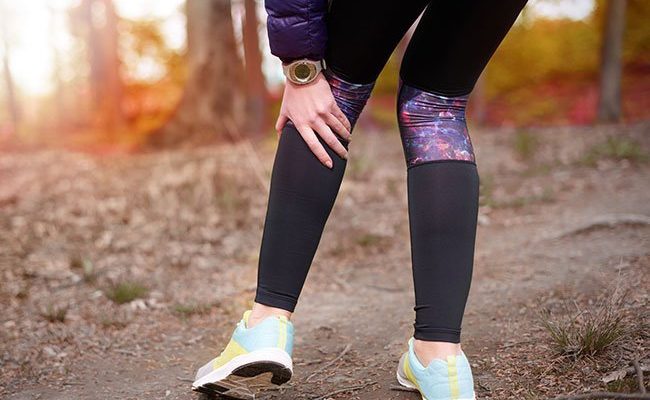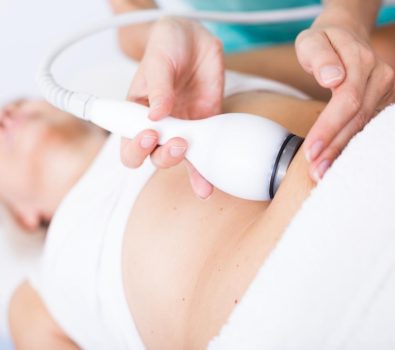Pain behind the knee is not a normal symptom and its occurrence may indicate important things that should be evaluated by the traumatologist. Some situations that can cause this pain are the presence of a Baker’s cyst, varicose veins or osteoarthritis; tendinitis of the hamstring muscles, or a meniscus injury.
The diagnosis should be made by the physician after physical evaluation and the indication of some imaging tests, such as an MRI or ultrasound of the knee, for example. Treatment may involve the intake of anti-inflammatory drugs to control pain and physiotherapy sessions.
Pain behind the knee: 5 main causes and what to do. The most common causes of pain behind the knee are:
-
Baker’s cyst
Baker’s cyst, also called a popliteal cyst, is a type of cyst with synovial fluid inside located in the back of the knee and is usually related to other diseases such as arthritis, meniscus injury, or cartilage wear, so it does not need treatment, disappearing when the causative disease is controlled. Most commonly it is located between the medial gastrocnemius and the semimembranosus tendon. Symptoms include pain behind the knee, as well as some limitation when bending the knee and localized swelling, which forms a sore and mobile “bump” that can be felt.

What to do: Not all cases need treatment, but in case the individual presents symptoms, the doctor could indicate several sessions of physical therapy to alleviate the symptoms. Also, in case of severe pain, aspiration of the fluid containing the cyst may be indicated.
-
Tendinitis or hamstring bursitis
Pain behind the knee can also be caused by tendonitis located in the hamstring tendons, which are located in the posterior region of the thigh. This region is more prone to injury in people who are athletes and who practice intense physical activity such as running, soccer, or cycling. The main symptom that arises is pain at the level of the tendon at the back of the knee, on the side, or in the center.
What to do: Stretching exercises should be performed on these muscles and a cold compress should be applied to the region for 20 minutes after stretching, relieving pain and discomfort. It is also recommended to avoid heavy exertion and intense physical activity, such as running. Physiotherapy can also help to reduce pain and discomfort, as well as to normalize daily activities.
-
Varicose veins
When the person presents varicose veins in the legs and in the area behind the knee, these can leave the area more painful, mainly when there is a greater accumulation of blood in this area. Telangiectasias or spider veins can cause pain or a feeling of heavy legs at the end of the day. Varicose veins are easily identified with the naked eye, however, in more serious cases the doctor may request tests for a more thorough evaluation, and may even indicate surgery to remove them.
What to do: You should go to the doctor for an evaluation, which usually indicates the use of compression stockings, as well as the use of medications that help improve circulation such as Daflon, for example.
You should also avoid standing or sitting for long periods of time, and should stand up and walk every so often. There are also some treatments such as sclerotherapy or surgical treatments to remove varicose veins from the legs, which are indicated by the doctor, if necessary.
-
Arthrosis
Osteoarthritis in the knee can also cause pain in the knee when the worn areas of the joint are located in the most posterior area. It is more common in people over the age of 50 and may be associated with other conditions, such as excess weight or weakness in the thigh muscles.
What to do: The doctor may prescribe some stretching exercises for the legs, which can be done at home or with a skilled physical therapist , allowing pain relief and strengthening of the knee. In addition to this, he/she may prescribe the intake of anti-inflammatory drugs, analgesics, and food supplements to help restore the joint. In more severe cases, surgery may be indicated.
-
Meniscus injury
The meniscus is cartilage found in the middle of the knee between the femur and tibia bones. The symptoms that usually arise are a pain in the knee when walking, going up and downstairs, and, depending on the area of the injury, the pain may be in the front, back or sides of the knee.

What to do: If a meniscus injury is suspected, an orthopedist should be consulted for evaluation. A knee pain doctor in NJ can perform some tests which trigger pain and confirm the diagnosis, however the best test to observe the meniscus is through an MRI. Treatment may be with physical therapy or, in more severe cases surgery, in which the surgeon may suture or cut the affected part of the meniscus.
Medications for pain behind the knee
Tablet medications should not be taken without medical guidance. The clinician may recommend taking anti-inflammatory medications for 7-10 days to decrease pain. Corticosteroid infiltration may be an option in more severe cases, mainly when there is no relief of symptoms with the use of medications and physical therapy. Some anti-inflammatory creams and gels that the doctor usually indicates are diclofenac diethylammonium, arnica, or methyl salicylate, which can be acquired in pharmacies and drugstores.
However, it is not enough to take medication or use ointments, it is important to treat the cause of the knee pain. If it does not disappear after 1 week or if it is a very intense pain that prevents you from performing your daily activities, you should consult a doctor or physiotherapist.




